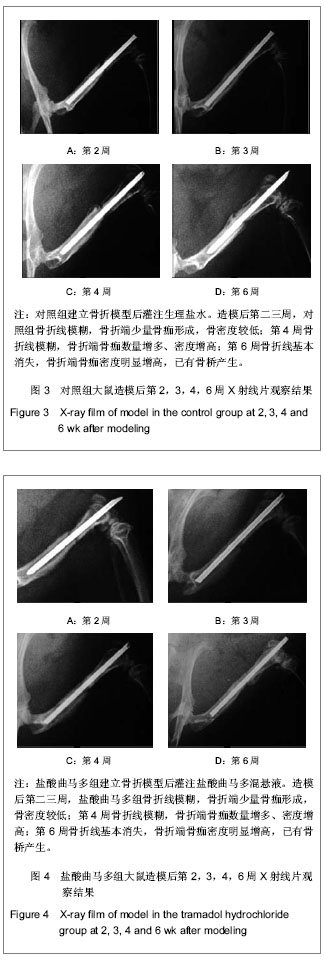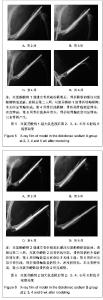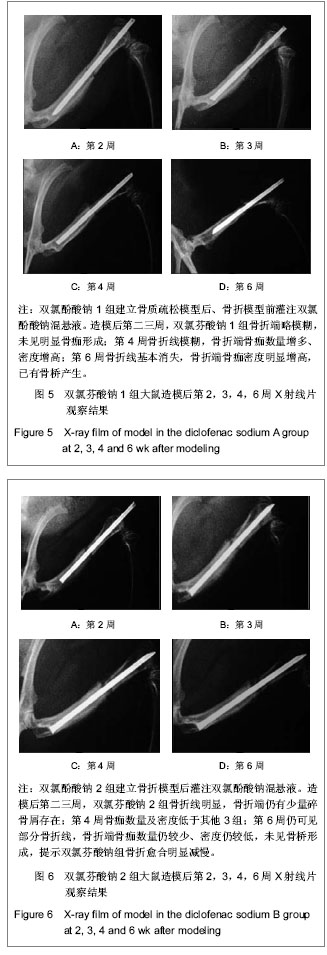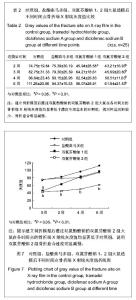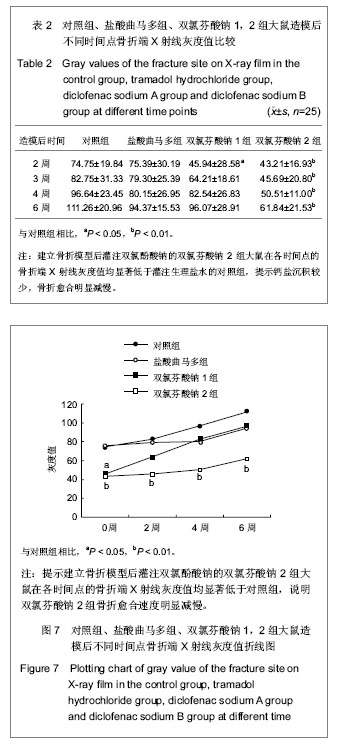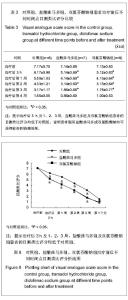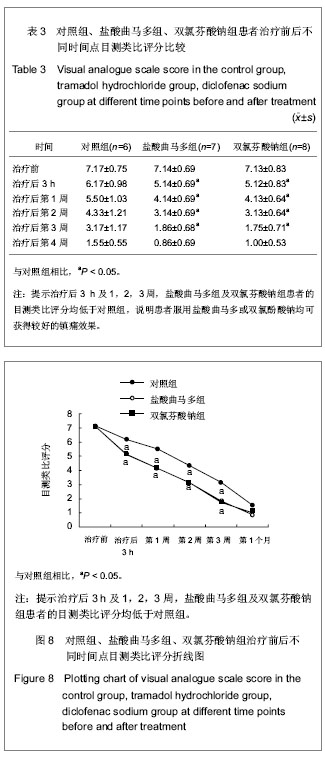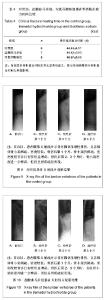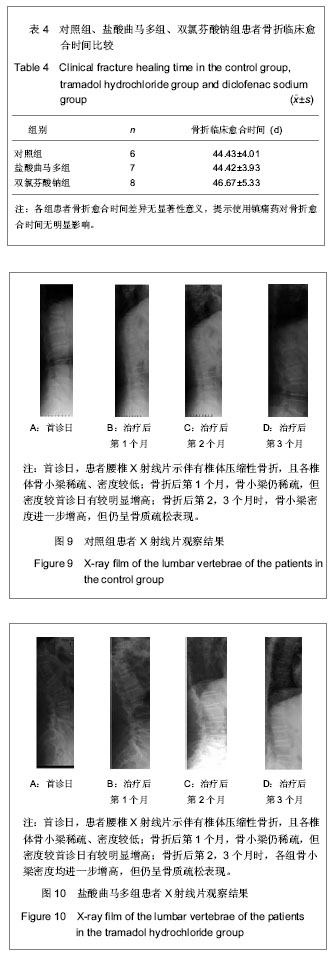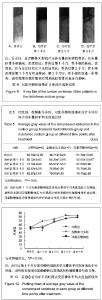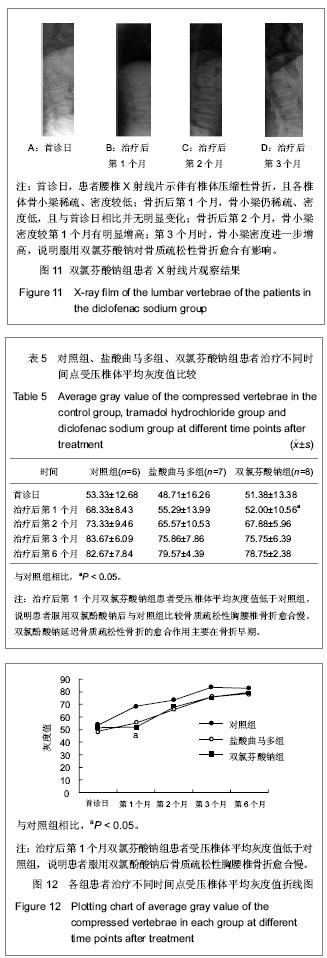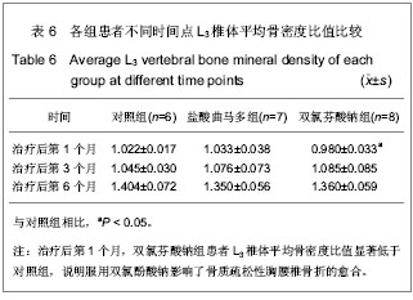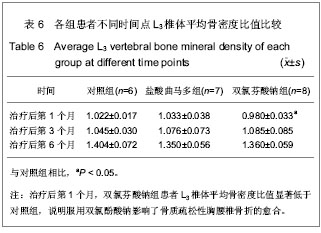| [1] 张萌萌,李亚刚,刘颖,等.长春市16069例汉族人群骨密度调查及骨质疏松发病率分析[J].中国骨质疏松杂志,2009,15(7): 534-537.
[2] Kharal M, Al-Hajjaj A, AI-Ammri M, et al. Meeting the American Diabetic Association standards of diabetic care. Saudi J Kidney Dis Transpl. 2010;21(4):678-685.
[3] Li J, Waugh LJ, Hui SL, et al. Low-intensity pulsed ultrasound and nonsteroidal anti-inflammatory drugs have opposing effects during stress fracture repair. J Orthop Res. 2007; 25(12): 1559-1567.
[4] Simom AM, O’Connor JP. Dose and time-dependent effects of cyclooxygenase-2 inhibition on fracture-healing. J Bone Joint Surg Am. 2007;89(3):500-511.
[5] Gerstenfeld LC, Al-Ghawas M, Alkhiary YM, et al. Selective and nonselective cyclooxygenase-2 inhibitors and experimental fracture-healing. Reversibility of effects after short-term treatment. J Bone Joint Surg Am. 2007;89(1):114-125.
[6] Murnaghan M, Li G, Marsh DR. Nonsteroidal anti-inflammatory drug-induced fracture nonunion: an inhibition of angiogenesis? J Bone Joint Surg Am. 2006;88 Suppl 3:140-147.
[7] Karunakar MA, Sen A, Bosse MJ, et al. Indometacin as prophylaxis for heterotopic ossification after the operative treatment of fractures of the acetabulum. J Bone Joint Surg Br. 2006;88(12):1613-1617.
[8] Abrahamsen B, Brixen K. Mapping the prescriptiome to fractures in men-a national analysis of prescription history and fracture risk. Osteoporos Int. 2009;20(4):585-597.
[9] Mehallo CJ, Drezner JA, Bytomski JR. Practical management: nonsteroidal antiinflammatory drug (NSAID) use in athletic injuries. Clin J Sport Med. 2006;16(2):170-174.
[10] Daluiski A, Ramsey KE, Shi Y, et al. Cyclooxygenase-2 inhibitors in human skeletal fracture healing. Orthopedics. 2006;29(3):259-261.
[11] Manuele S,Sorbello L, Grasso S, et al. The teriparatide in the treatment of severe senile osteoporosis.Arch Gerontol Geriatr. 2007;44:249-258.
[12] 林华.骨质疏松性骨折及其影响愈合因素[J].中国实用内科杂志, 2011,31(7):512-513.
[13] 刘忠厚.骨矿与临床[M].北京:中国科学技术出版社,2006:240.
[14] Kanis JA. Assessment of fracture risk and its application to screening for postmenopausal osteoporosis: Synopsis of a WHO report. Osteoporos Int. 1994; 4(6):368-381.
[15] 朴俊红,庞莲萍,刘忠厚,等.中国人口状况及原发性骨质疏松症诊断标准和发生率[J].中国骨质疏松杂志,2002,8(1):1-7.
[16] 励丽,褚建平.阿仑膦酸钠联合钙尔奇D治疗糖尿病伴骨质疏松症[J].实用医学杂志,2010,26(2):300-302.
[17] 中国健康促进会骨质疏松防治编委会.骨质疏松症中国白皮书[J].中国健康管理学杂志,2009,3(3):148-154.
[18] Vane JR. Inhibition of prostaglandin synthesis as a mechanism of action for aspirin-like drugs. Nat New Biol. 1971;231(25):232-235.
[19] Jankowski M. B-Type Natriuretic Peptide for Diagnosis and Therapy Recent Pat Cardiovasc Drug Discov. 2008.
[20] Casals G, Ros J, Sionis A, et al. Hypoxia induces B-type natriuretic peptide release in cell lines derived from human cardiomyocytes, Am J Physiol Heart Circ Physiol. 2009;297(2):H550-555.
[21] Nwadinigwe CU, Anyaehie UE. Effects of cyclooxygenase inhibitors on bone and cartilage metabolism-a review. Niger J Med. 2007;16(4):290-294.
[22] Zhang X, Schwarz EM, Young DA, et al. Cyclooxygenase-2 regulates mesenchymal cell differentiation into the osteoblast lineage and is critically involved in bone repair. J Clin Invest. 2002;109(11):1405-1415.
[23] Gerstenfeld LC, Thiede M, Seibert K, et al. Differential inhibition of fracture healing by non-selective and cyclooxygenase-2 selective non-steroidal anti-inflammatory drugs. J Orthop Res. 2003;21(4):670-675.
[24] Hak DJ, Schulz KS, Khoie B, et al. The effect of Cox-2 specific inhibition on direct fracture healing in the rabbit tibia. J Orthop Sci. 2011;16(1):93-98.
[25] 杜联,殷丽平,陈敏,等.补肾壮骨胶囊对糖尿病骨质疏松症骨代谢及股骨生物力学相关指标的影响[J].甘肃中医学院学报,2010, 27(3):18-22.
[26] 吴志明,王晓鹏,赵惠琴,等. 糖尿病骨质疏松症发病机制研究[J]. 国际骨科学杂志,2009,30(6):368-369.
[27] Peng Y, Chen X, Tian W. Chemical Synthesis of Biodegradable Poly-para-dioxanone and Its Application for Mandibular Fracture Fixation. Hua Xi Kou Qiang Yi Xue Za Zhi. 2003;21(6):425-427, 431.
[28] Stephen HL, Yang RS, AL-Shaikh R, et al. Collagenes in tendon,ligament,and bone healing. Clin Orthop Relat Res. 1995;318:265-278.
[29] Zhang C, Zhang TH, Dong YH. Effect of diclofenac sodium on the healing of osteoporotic fracture in rats. Pharm Care Res. 2009;9(1):61-64.
[30] Riew KD, Long J, Rhee J, et al. Time-dependent inhibitory effects of indomethacin on spinal fusion. J Bone Joint Surg Am. 2003;85A(4):632-634. |

